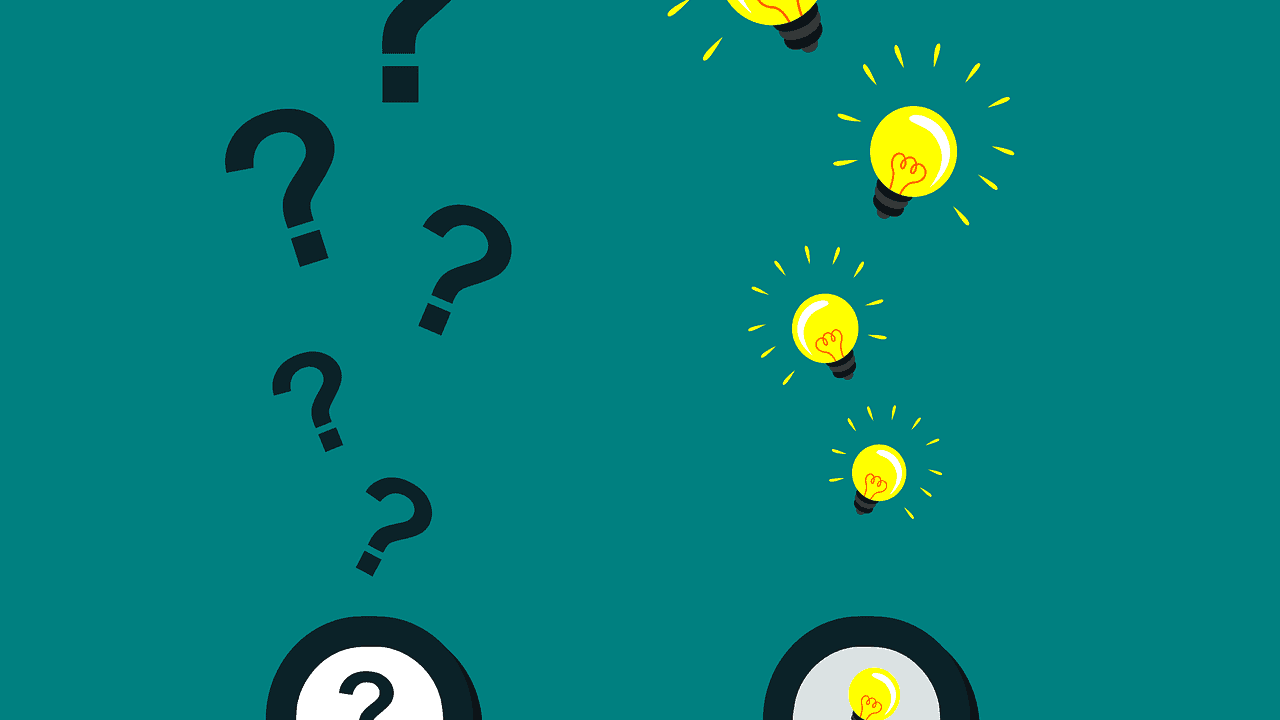Ciabatta is a popular Italian bread known for its distinctive shape and taste. It is often a staple in many households and can be found in bakeries and grocery stores worldwide. But is ciabatta vegan? Let’s find out.
Ingredients in Ciabatta
When determining whether ciabatta is vegan, it is crucial to understand the ingredients used in its preparation. Ciabatta typically consists of the following basic ingredients:
- Flour
- Water
- Yeast
- Salt
These ingredients are generally considered to be vegan-friendly as they do not contain any animal-derived products.
Animal-Derived Additives
While the basic ingredients of ciabatta are vegan, certain additives or variations of the recipe might make it non-vegan. Let’s explore some potential animal-derived additives you might find in ciabatta:
- Eggs: Some ciabatta recipes call for the addition of eggs to the dough. This would make the bread non-vegan. However, traditional ciabatta recipes do not include eggs.
- Milk: In some cases, milk or dairy products may be added to ciabatta to enhance the flavor or texture. If this is the case, then it would not be suitable for a vegan diet. However, most authentic ciabatta recipes do not contain milk.
It is essential to check the specific ingredients or ask the baker or manufacturer to ensure the ciabatta you consume is free from animal products.
Popular Vegan Ciabatta Brands
If you follow a vegan lifestyle or have dietary restrictions, choosing specific brands can ensure you enjoy ciabatta without any worries. Here are some popular vegan-friendly ciabatta brands:
| Brand | Vegan-Friendly |
|---|---|
| Brand A | Yes |
| Brand B | Yes |
| Brand C | Yes |
These brands are known for their commitment to vegan ingredients and processes and can be a safe choice for those following a vegan lifestyle.
Making Ciabatta Vegan
If you enjoy baking or want to make ciabatta at home, you can easily modify the recipe to be vegan-friendly. Here’s a simple vegan ciabatta recipe:
- Gather vegan-friendly ingredients such as all-purpose flour, water, yeast, and salt.
- In a large mixing bowl, combine the flour, yeast, and salt. Gradually add water and mix until a sticky dough forms.
- Knead the dough on a floured surface for about 10 minutes until it becomes elastic.
- Place the dough in a lightly oiled bowl, cover it with a damp cloth, and let it rise for about an hour or until it doubles in size.
- Preheat the oven to 450°F (232°C) and line a baking sheet with parchment paper.
- Shape the dough into the desired ciabatta shape and place it on the prepared baking sheet.
- Bake for approximately 20-25 minutes or until the ciabatta turns golden brown.
- Allow the bread to cool before slicing and enjoying your homemade vegan ciabatta.
Common Vegan Alternatives
If you’re looking to enjoy the flavors of ciabatta but prefer vegan options, there are some great alternatives available. Consider these vegan-friendly bread options:
- Focaccia
- Baguette
- Sourdough
- Naan
These bread varieties offer similar textures and can be enjoyed as a substitute for ciabatta.
Closing Thoughts
To sum it up, ciabatta can be vegan if it is made with the traditional recipe that excludes eggs and dairy. However, it’s always essential to check the specific ingredients or choose vegan-friendly brands to ensure a completely vegan ciabatta experience. By making slight adjustments to recipes or exploring alternative bread options, vegans can enjoy delicious bread without compromising their dietary choices.
